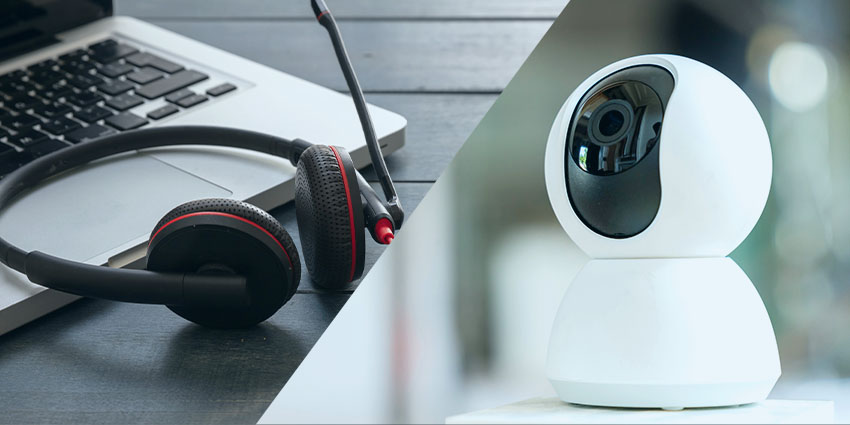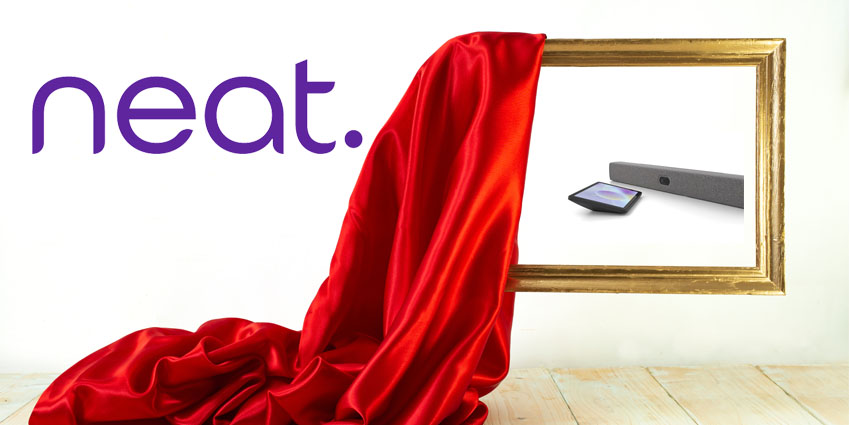Personalisation is one of the biggest trends in the Unified Communication and Collaboration industry for 2022. Inspired by the new age of work, this trend responds to the fact that more employees are working in hybrid, remote, and distributed environments following the pandemic.
In these landscapes, team members have developed a more profound knowledge of precisely what kind of endpoints they need to power crucial collaboration sessions, meetings, and conversations. We’ve grown accustomed to using the devices most suited to our needs, and modern employees want to continue accessing this level of personalisation going forward.
The good news for companies is allowing your employees a greater level of personalisation with their endpoints can have significant benefits, from more excellent employee retention and engagement to higher productivity levels. The question is, how do you go about bringing personalisation into your endpoint buying strategy?
Step 1: Know Your Endpoint Needs
The first step is knowing exactly which endpoints you will be investing in. Think about the kind of technology your team members regularly use from a communication and collaboration perspective. If you’re going to be hosting regular video meetings to keep remote and hybrid team members engaged, then you will need cameras.
If your employees are regularly involved with calls or need to listen to audio recordings consistently, they’ll need a set of speakers or headphones. You’ll also need to think about microphones to enable two-way conversations.
Once you know your endpoint needs, the next step is considering the variations available for each tool. For instance:
- Video: For video demands, you can offer your employees everything from state-of-the-art 4K video cameras to simple plug-and-play webcams. You’ll also need to think about all-in-one video bars, which have a built-in microphone and audio functionality.
- Voice: To enable voice, you can choose between headphones with built-in microphones, cameras with included microphones, or standalone devices. There’s also the option to look into personal speakerphones or IP desk phones for certain staff members.
- Audio: From an audio perspective, there are endless different headsets and speakers available, each with different abilities. Some headphones can block out external noise or come with built-in instant meeting buttons.
Exploring the options in depth will give you an insight into the various solutions you can offer your employees.
Step 2: Speak to Your Employees
The essential step in any endpoint personalisation strategy is ensuring you can speak to your staff members. Remember, we’re living in a world where the workforce is changing, and multiple new “employee personas” are joining the team.
Each staff member in your workforce may have their own specific needs regarding endpoint utilisation. A CFO responsible for giving presentations and taking part in crucial meetings may need a personal speakerphone and high-quality 4K camera or an all-in-one video bar. Alternatively, someone who works on the back-end of your team and doesn’t regularly get involved with video calls might only need a simple webcam and a headset.
The key to success is speaking to leaders from each department and getting an insight into the unique needs your employees might have. This will allow you to look into vendors who can offer a wide range of options for your team members to choose from.
Step 3: Explore Your Vendor Options
The good news for most business owners and leaders today is that there are plenty of options available for accessing personalised endpoints for your team. Increasingly, AV vendors are designing more agnostic and flexible devices capable of working cohesively with a range of existing hardware and software investments in your workforce. This means you won’t have to worry too much about integration if you want to mix and match different tools.
When looking for a vendor for endpoint personalisation, the most crucial decision you’ll need to make is whether you want to access all of your tools from the same provider or whether you want to give your teams more freedom. You can also look into specific selections of tools designed for a certain kind of software. For instance, Microsoft offers a huge selection of certified endpoints for the Microsoft Teams ecosystem.
You can also narrow down the options you give your employees by deciding how you will purchase your endpoints. Some solutions are now available on a subscription basis, whereas others need to be purchased outright.
Step 4: Allow Team Members to Choose Their Endpoints
Finally, once you’ve decided which vendors you will purchase your technology from, the last step is simply giving your team members the freedom to choose which endpoints they want to use. While you might not be able to allow employees to pick any set of headphones or microphones on the market, you can give them more than one option for their communication stack.
Allowing your team members access to a wide range of different tools to choose from when designing the ultimate home office or making sure they can stay productive in the traditional office environment will help engage your staff and boost productivity.
It’s also worth ensuring you collect feedback from your team members to learn more about what kind of devices they use most, so you know what you may need to invest in for the future. Please make sure the endpoints you choose align with your overall technology buying strategy and ensure your team members can use them with the meeting software and other essential tools you use regularly.
If you get this part of the process right, you should end up with happier employees, adequately equipped with the tools they need to thrive in a changing workplace.







